Grow Broccoli at Home: Your Guide to a Bountiful Harvest
Have you ever dreamed of biting into a crisp, tender broccoli floret, knowing you grew it yourself, from seed to plate? That dream is closer than you think! This article is your complete guide to Grow Broccoli at Home, packed with easy-to-follow tips and tricks to help you cultivate a thriving broccoli patch, even if you’ve never gardened before.
For centuries, broccoli has been a staple in cuisines worldwide, its history tracing back to the Mediterranean. From ancient Roman times to its modern popularity, this nutritious vegetable has held a place of honor on dinner tables. But what if you could bypass the supermarket and enjoy the freshest, most flavorful broccoli imaginable, grown right in your own backyard? That’s the power of home gardening.
Why Grow Your Own Broccoli?
There are so many reasons to embark on this rewarding journey of growing your own broccoli! Beyond the incredible taste and freshness, you’ll gain a deeper connection to your food, knowing exactly where it comes from and how it was grown. You’ll also be reducing your carbon footprint by avoiding the transportation and packaging associated with store-bought produce. Plus, the satisfaction of harvesting your own broccoli is truly unparalleled. This guide will walk you through every step, from selecting the right seeds to dealing with common pests, ensuring your success in growing broccoli at home.
So, let’s get started on your journey to Grow Broccoli at Home and experience the joy of homegrown goodness!
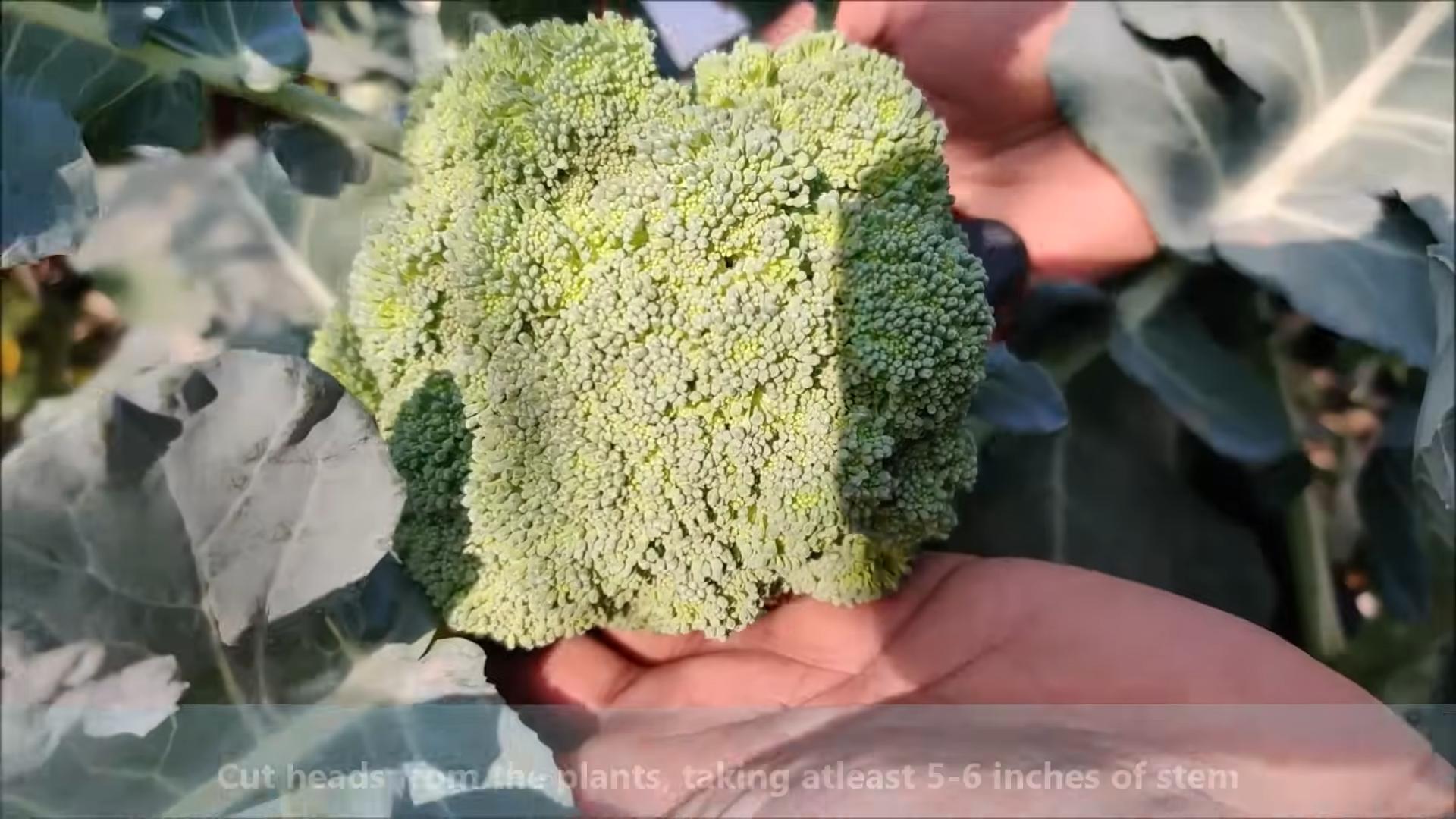
Growing Broccoli at Home: A Step-by-Step Guide
I’ve always loved the taste of fresh broccoli, and nothing beats the satisfaction of growing your own. It might seem daunting at first, but trust me, it’s easier than you think! This guide will walk you through the entire process, from seed to harvest.
Choosing Your Broccoli Variety and Starting Seeds
- Select the right variety: Research different broccoli varieties. Some are better suited for specific climates and growing seasons. Consider factors like size, head shape, and disease resistance. I personally prefer a variety that’s known for its cold tolerance, as I live in a region with cooler springs.
- Start seeds indoors (recommended): Broccoli needs a long growing season. Starting seeds indoors 6-8 weeks before the last expected frost gives them a head start. This ensures a better yield.
- Use seed starting mix: Don’t use regular garden soil; it’s too dense for delicate seedlings. A seed starting mix provides excellent drainage and aeration.
- Sow the seeds: Plant seeds about ¼ inch deep and 1 inch apart in small pots or seed trays. Gently water the soil, keeping it consistently moist but not soggy.
- Provide adequate light: Place the seed trays in a sunny location or under grow lights. Seedlings need at least 6-8 hours of light per day. I use a combination of sunlight and grow lights to ensure consistent illumination.
- Maintain consistent temperature: Keep the temperature around 70°F (21°C) for optimal germination. Fluctuations in temperature can hinder growth.
- Thin seedlings: Once the seedlings have developed their first true leaves (the leaves that appear after the cotyledons), thin them out, leaving the strongest seedlings about 2 inches apart. You can transplant the extras into other pots.
Transplanting Your Broccoli Seedlings
- Prepare the soil: Choose a sunny location in your garden with well-drained soil. Broccoli thrives in slightly acidic soil (pH 6.0-6.8). Amend the soil with compost or other organic matter to improve its fertility and drainage. I usually add a generous amount of compost to my garden beds before planting.
- Harden off seedlings: Before transplanting, gradually acclimate your seedlings to outdoor conditions. Start by placing them outside for a few hours each day, gradually increasing the time over a week. This prevents shock from the sudden change in environment.
- Dig planting holes: Dig holes slightly larger than the root balls of your seedlings. Space the holes 18-24 inches apart to allow for adequate growth.
- Transplant: Carefully remove the seedlings from their pots, being careful not to damage the roots. Plant them in the holes, ensuring the top of the root ball is level with the soil surface. Gently firm the soil around the base of each plant.
- Water thoroughly: Water deeply after transplanting to help the seedlings settle in. Use a gentle watering can to avoid dislodging the plants.
Caring for Your Broccoli Plants
- Regular watering: Keep the soil consistently moist, especially during dry periods. Water deeply and less frequently rather than shallowly and often. I usually water my broccoli plants deeply once or twice a week, depending on the weather.
- Fertilizing: Feed your broccoli plants with a balanced fertilizer every 2-3 weeks. Follow the instructions on the fertilizer packaging for the correct application rate. I prefer using an organic fertilizer to enrich the soil and support healthy growth.
- Weed control: Regularly remove weeds to prevent competition for nutrients and water. Mulching around the plants helps suppress weed growth and retain soil moisture.
- Pest and disease control: Monitor your plants for pests and diseases. Address any issues promptly using appropriate organic or chemical controls. Early detection is key to preventing widespread damage.
- Side-dressing: Side-dressing with compost tea or diluted liquid fertilizer can provide additional nutrients throughout the growing season. This helps support the development of large, healthy heads.
Harvesting Your Broccoli
- Harvesting time: Broccoli heads are ready for harvest when they are firm and dark green. The florets should be tightly closed. This usually takes about 70-80 days from transplanting, depending on the variety.
- Harvesting technique: Use a sharp knife to cut the head, leaving about 2 inches of stem attached. This allows for the possibility of side shoots developing later.
- Successive harvesting: After harvesting the main head, smaller side shoots will often develop. These can also be harvested, extending your broccoli harvest.
- Storage: Store harvested broccoli in the refrigerator in a plastic bag. It’s best to use it within a few days for optimal freshness.
Troubleshooting Common Broccoli Problems
Yellowing Leaves:
Yellowing leaves can indicate several issues, including nutrient deficiencies, overwatering, or pest infestations. Check your watering practices and soil fertility. Consider a soil test to identify any nutrient deficiencies.
Small Heads:
Small heads can result from insufficient sunlight, poor soil conditions, or overcrowding. Ensure your plants receive adequate sunlight and have enough space to grow.
Pest Infestations:
Common broccoli pests include aphids, caterpillars, and flea beetles. Regularly inspect your plants and take appropriate action to control infestations using organic or chemical methods. I often use insecticidal soap for mild infestations.
Remember to always follow the instructions on any pesticides or fertilizers you use.
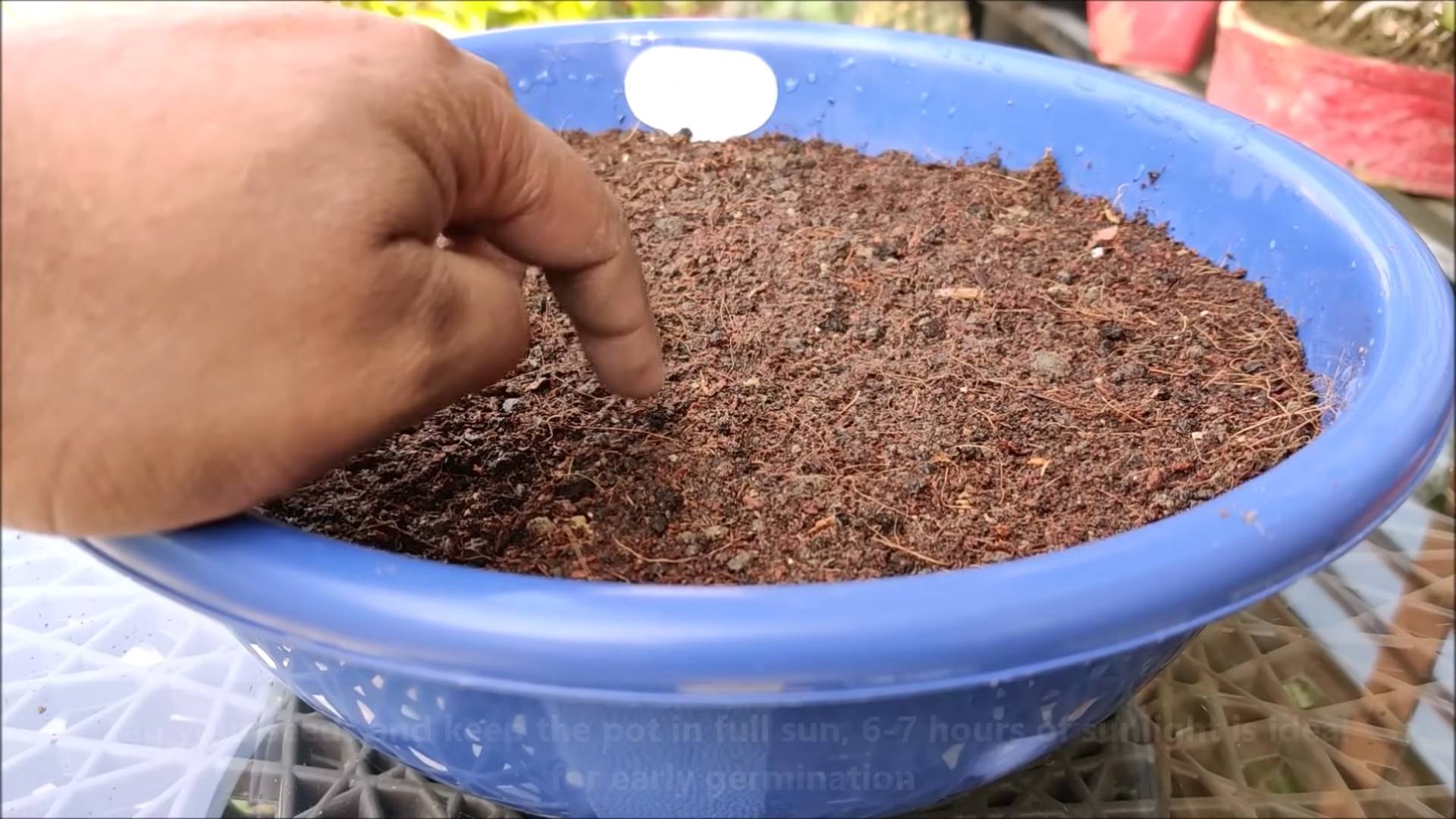
Conclusion
So there you have it! Growing your own broccoli at home is not only incredibly rewarding but also surprisingly simple. This DIY trick allows you to bypass the often-questionable quality and freshness of store-bought broccoli, giving you access to vibrant, flavorful florets bursting with nutrients. You’ll be amazed at the difference in taste and texture compared to supermarket broccoli. The satisfaction of harvesting your own homegrown broccoli, knowing exactly where it came from and how it was grown, is truly unparalleled. It’s a fantastic way to connect with nature, teach children about the food cycle, and enjoy the freshest, most delicious broccoli you’ve ever tasted. Beyond the superior taste and quality, growing your own broccoli is a sustainable choice, reducing your carbon footprint and minimizing the environmental impact associated with large-scale commercial farming. This simple method of growing broccoli at home is a must-try for anyone, regardless of their gardening experience. Even if you have limited space, you can successfully grow broccoli in containers on a balcony or patio.
Beyond the basic method outlined, there are numerous ways to personalize your broccoli-growing journey. Experiment with different broccoli varieties – from the classic green to the vibrant purple varieties – to discover your favorites. Consider companion planting, incorporating herbs like dill or chamomile nearby to deter pests and improve soil health. You can also explore different growing mediums, such as hydroponics or aeroponics, for even more control over your broccoli’s growth. Don’t be afraid to get creative and adapt the techniques to suit your specific environment and preferences. The possibilities are endless!
We strongly encourage you to try this DIY trick and experience the joy of harvesting your own homegrown broccoli. Share your experiences, photos, and tips with us and other readers. Let’s build a community of home broccoli growers, sharing our successes and learning from each other. Your feedback is invaluable in helping others embark on their own broccoli-growing adventures. Remember to tag us on social media with your #homegrownbroccoli harvest photos – we can’t wait to see your flourishing broccoli plants! This is more than just a recipe; it’s a journey towards self-sufficiency, healthier eating, and a deeper connection with the natural world. So, what are you waiting for? Get your seeds, get planting, and get ready to enjoy the freshest, most delicious broccoli of your life!
Frequently Asked Questions
What type of soil is best for growing broccoli?
Broccoli thrives in well-draining, fertile soil with a slightly acidic pH level (between 6.0 and 6.8). Amend heavy clay soils with compost or other organic matter to improve drainage and aeration. Sandy soils may benefit from the addition of peat moss or other organic materials to retain moisture.
How much sunlight does broccoli need?
Broccoli requires at least six hours of direct sunlight per day to grow optimally. Choose a location in your garden or on your balcony that receives ample sunlight. Insufficient sunlight can lead to poor growth and reduced yields.
When is the best time to plant broccoli?
The best time to plant broccoli depends on your climate. In cooler climates, plant broccoli seeds or seedlings in early spring or late summer/early fall for a fall harvest. In warmer climates, plant in the fall or winter for a spring harvest. Avoid planting during the hottest months of summer, as broccoli doesn’t tolerate extreme heat well.
How often should I water my broccoli?
Water your broccoli plants regularly, keeping the soil consistently moist but not waterlogged. The frequency of watering will depend on your climate and soil type. During dry periods, you may need to water daily, while in cooler, wetter climates, less frequent watering may suffice. Always check the soil moisture before watering to avoid overwatering.
What are some common pests and diseases that affect broccoli?
Broccoli can be susceptible to various pests and diseases, including aphids, cabbage worms, and fungal diseases like downy mildew. Regularly inspect your plants for signs of infestation or disease. Consider using organic pest control methods, such as insecticidal soap or neem oil, to manage pests. Good air circulation and proper spacing between plants can help prevent fungal diseases.
How do I harvest my broccoli?
Harvest broccoli when the heads are firm and tightly formed, but before they start to flower. Use a sharp knife to cut the heads, leaving a few inches of stem attached. You can also harvest smaller side shoots that develop after the main head is harvested, extending your harvest period.
Can I grow broccoli in containers?
Yes, absolutely! Growing broccoli in containers is a great option for those with limited garden space. Use large containers (at least 12 inches in diameter) with well-draining potting mix. Ensure the containers receive adequate sunlight and water regularly.
What should I do with my harvested broccoli?
Enjoy your fresh, homegrown broccoli immediately! You can steam, boil, roast, or sauté it. It’s also delicious in stir-fries, salads, and soups. If you have more broccoli than you can use immediately, you can freeze it for later use.
My broccoli plants are bolting. What went wrong?
Bolting, where the plant prematurely sends up a flower stalk, often occurs due to heat stress. Ensure your broccoli plants receive adequate water and are not exposed to excessively high temperatures. Planting at the right time of year for your climate is crucial to prevent bolting.
What are the benefits of growing my own broccoli?
Growing your own broccoli offers numerous benefits, including access to fresher, tastier broccoli with higher nutrient content. It’s a more sustainable choice, reducing your environmental impact. It’s also a rewarding experience, connecting you with nature and providing a sense of accomplishment. Plus, you’ll save money compared to buying broccoli from the store!

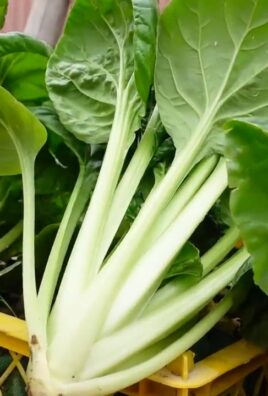
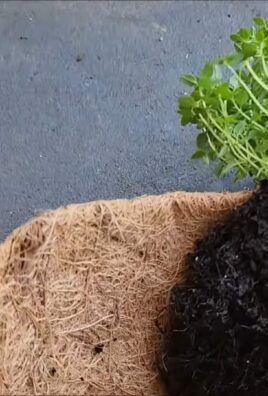
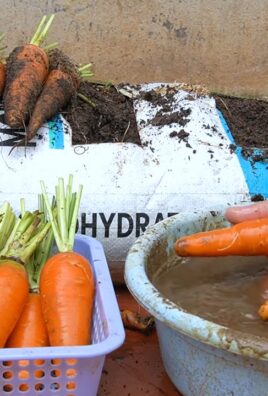
Leave a Comment